
“Suvarnabhumi” is the renowned land that has been continuously researched and engaged with prosperity. The story has been described in terms of space technology, geoinformatics, and scientific and archeological evidences to feature rise of timeless civilization and value of “Suvarnabhumi”.
The book is a part of “Suvarnabhumi Terra Incognita Project with space technology and geoinformatics”, which is inspired by “The Story of Mahajanaka”, Royal Work of His Majesty King Bhumibhol Adulyadej The Great, who coined the term “Suvarnabhhumi (The Golden Land)” for the second international airport of Thailand, demonstrating the meaning of precious moment and land. The project aims to explore and analyze symbolic value of this land in term of “abstract thoughts”.
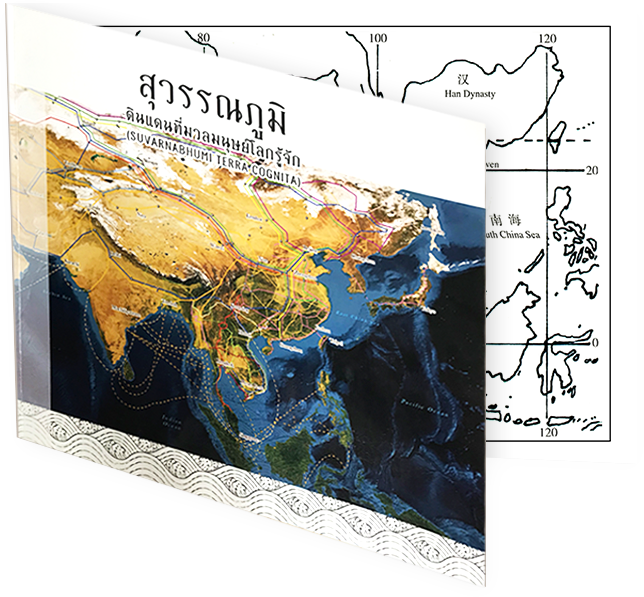
Royal Work of His Majesty King Bhumibhol Adulyadej The Great, the book “The Story of Mahajanaka” was published in 1996 to commemorate auspicious occasion of the Golden Jubilee of His Succession to the Throne. The principle of this Jataka tale focuses on perseverance, stating about Mahajanaka, son of the late king of Mithila City, Witeha Region, who aims to take treasures of his father back from city leader. He plans to travel via vessel to trade products at Suvarnabhumi and earn massive revenue. He requests his mother to sell half of jewelry she got upon departing Mithila City and gets products for further trade. Mahajanaka sails with merchants to Suvarnabhumi but vessel is shipwrecked. With his wisdom and perseverance, he survives and returns to Mithila City to occupy the throne and enhance prosperity of the city.
To find information of Suvarnabhumi in modern world, online encyclopedia is one of suitable sources. By searching Wikipedia, there are 3 Suvarnabhumi terms; Suvarnabhumi Airport, District in Thailand, and Suvarnabhumi land referred in many languages such as Sanskrit, Pali, Malay, Burmese, Cambodian, and Thai. Suvarnabhumi is also referred in ancient information sources such as Mahawong Scripture of Lanka, Jataka Tales in Buddhism, Milinda’s Riddles Book that King Menander The Great discusses with Nagasena.
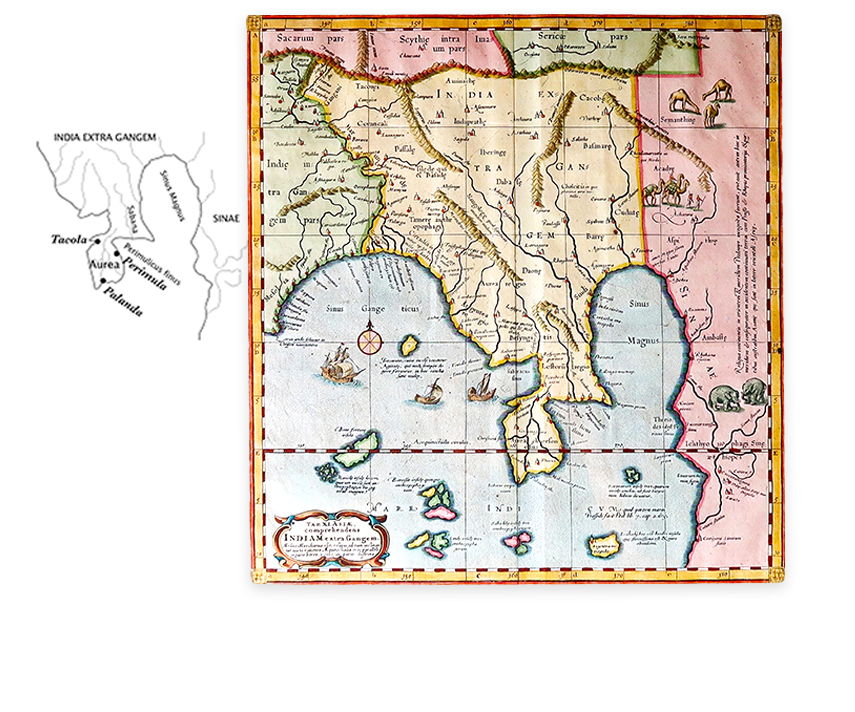


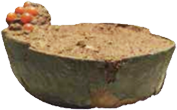
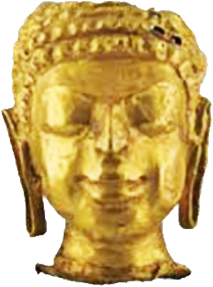
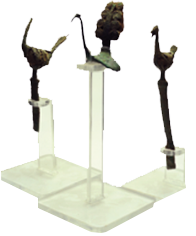

According to historical and archeological evidences of Thailand and international studies, Thai academicians stated that Suvarnabhumi story is realistic and has been prehistorically developed for billion years, presumably 2,000 years ago from the development of city, state, or kingdom. The area is located mainly in South East Asia region, so-called “Indo-China”, between India and China, ranging from Brahmaputra River, Myanmar, Mon, Thailand, Malay Peninsula to Mekong River, Yunnan area. Moreover, Suvarnabhumi is well known for land surrounded by terrestrial area, which include Bay of Bengal, Gulf of Martaban, Malay Peninsula, Indonesian Islands, and South China Sea.
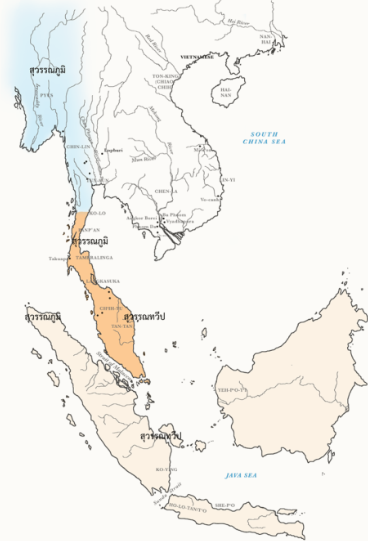
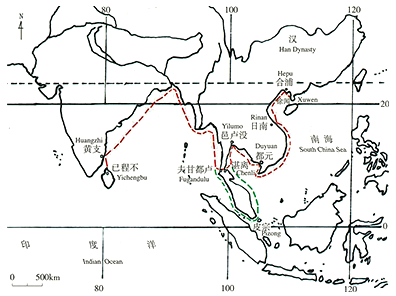
International studies feature various evidences and stories from Greek, Roman, Arab, and Chinese which demonstrate details about transportation routes, products, and exotic stories. These are convincing evidences that Suvarnabhumi has existed for 2,000 years because there are a lot of words associated with gold, such as Suvan (India), Chryse (Greek), Aureaus (Roman), Jin (Chinese). These words are parts of islands, continents, or cities which are abundant of rare resources from land, ocean, and other regions, such as gold, natural products, marine products, and cloths.
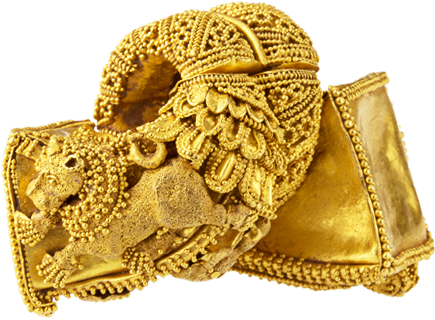
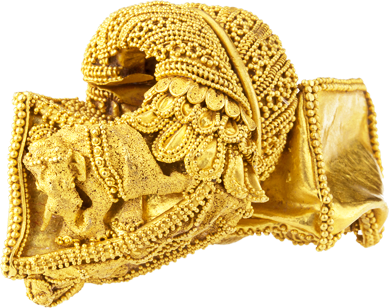
Despite the fact that researches about Suvarnabhumi from domestic and international sources during last 100 years cannot specify its exact location, more evidences of Suvarnabhumi are continuously discovered. This study is supported by top Thai and global historians and archeologists which feature concept and discovery of new evidences evolved from scientific and archeological analysis, and new exploration.
According to aforementioned studies and reports from domestic and international sources during last 100 years, including Jataka Tales of India, chronicles, and notes of Indian, Lankan, Greek, Roman, and Chinese, information of Persian and Arabian are insufficient. History of Suvarnabhumi is investigated by comparing with various fields of studies, especially geography, linguistics, humanities, sociology, economics, political science, politics, archeology, and scientific methods, which include studies of Thai and international academicians. In summary, Suvarnabhumi is not illusive but realistic land assumed to locate between India and China, widely known as South East Asia, center of ASEAN Economic Community.
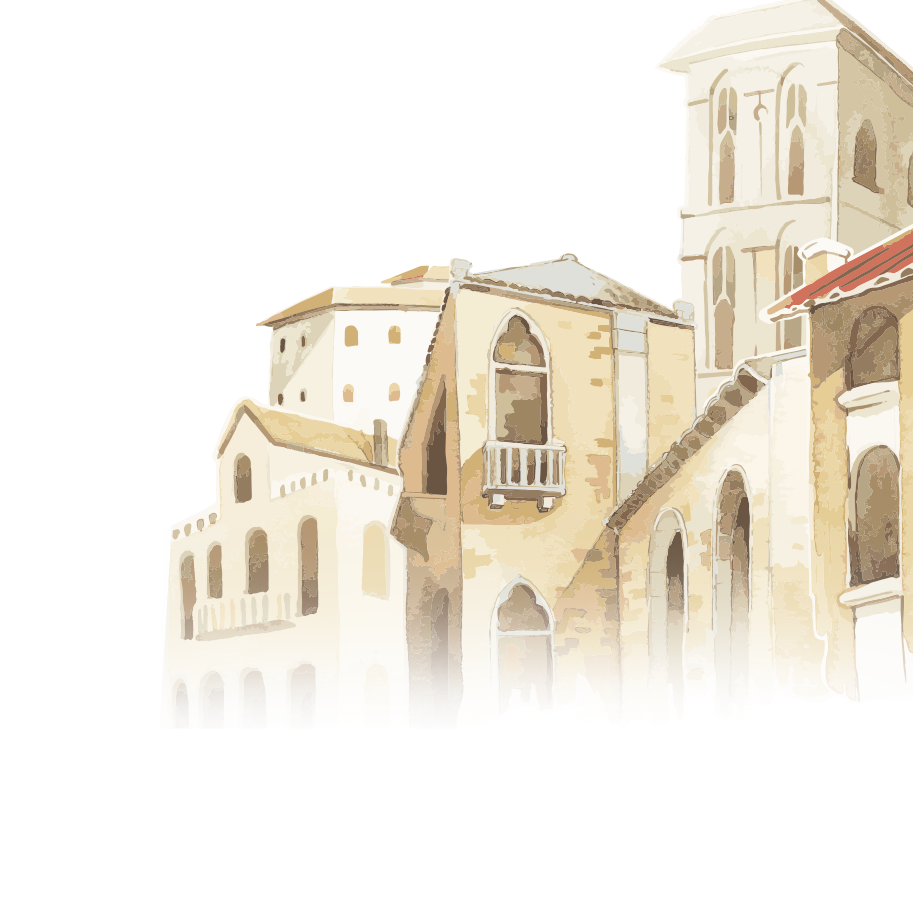

Geomorphology of this area contains various conditions, it is peninsula between 2 main oceans of the world, separating western and eastern worlds, close to equator, damp weather, monsoon area. This has been evolved through shifting of continent crusts for a long time, creating abundance of natural resources in soil, rock, land, and water in both mineral and metal forms. The area becomes “golden location” throughout evolution of mankind from generation to generation. South East Asia is considered the only location so-called Suvarnabhumi, which is abundant of natural resources, valuable and rare supplies that worldwide people are looking for.

Suvarnabhumi is situated at distinctive area full of valuable resources, making the area commercial hub for people who look for variety of products. People have settled residential area, from communities to port, commercial area, city, and state. Based on additional research, two key areas are Khao Samkaew at Kra Isthmus and Sungai Batu at Bujang River. Developed on maritime silk road, Khao Samkaew is the first port of South China Sea, the origin of globalization, the metropolitan that is transformed to city state during the 2nd-5th Buddhist Era.

Technology of marine transportation of local people and visitors travelling to Suvarnabhumi is the key factor that promotes Suvarnabhumi as hub of people to settle residence, harvest products, and create products to fulfill customers’ needs. Suvarnabhumi has been developed to become port, commercial area, and city which contains a lot of facilities, settlement technology, land management, farming and agriculture. According to latest exploration at Khao Samkaew and Sungai Batu, the development has started since the 2nd Buddhist Era, demonstrating settlement technology, industrial technology, craftsmanship such as utensil production, earthenware, metal and bronze equipment, and ornaments made of stone, glass, and gold. Major milestones of Suvarnabhumi 2,000 years ago are illustrated by technology and production of Suvarnabhumi in South East Asia, cross-continent travel, settlement in city or metropolitan, complex farming, earthenware and bronze utensils, metal equipment, fine ornaments made of fine and valuable glass stone, and gold.

Suvarnabhumi is abundant of rare and premium products required by people around the world. According to documents, archives of Chinese, Indian, Greek, Roman, Arabian, and archeological evidences, there are traces about products or agricultural outputs, including local-based and exchanged products, in markets such as Chryse Aurea, Suvarnabhumi, or Jin Lin. Such products are turtle shell, agarwood, animal skin, horn, carcass, raw silk, silk, gold, silver, tin, and other important minerals. With these resources, Suvarnabhumi has become a part of global commercial network since Metal Age, from Red Sea to South China Sea, in which products are transferred in from people to people. Products from Suvarnabhumi are well known for high price and luxurious image.

Journey brings knowledge exchange of many races for thousands of years, from Stone Age to Metal Age, to turning point of history. People share languages, alphabets, inscriptions, messages, archives in chronicle of Liang Dynasty. People have traditions and cultures, to cordially support each other, welcome foreigners, to facilitate learning of value of faith, religion, and city management by relying on Buddhism as key principle.
It is evident that people embrace arts and cultures in their lifestyles, foods, apparels, decoration, inventions in artistic and aesthetic ways. There are a lot of art and culture heritages lasting for 2,000 years such as elite appliances, worship equipment, valuable ornaments, inscription, money, and utensils, etc.
“Suvarnabhumi” is the abstract land with abundance of gold and key natural resources, as evidenced in Buddhism inscriptions, archives, traditional documents and maps of Chinese and Roman for 3,000 years. The objective to explore this land is to recognize honor of His Majesty King Bhumibhol Adulyadej The Great who provided Royal Work “The Story of Mahajanaka” and blessed name “Suvarnabhumi” for the 2nd international airport of Bangkok, Thailand. “Suvarnabhumi” plays important role as inspiration to transform this area to global hub and ultimate destinations for visitors. To create inspiration from abstract location, people mostly start from searching myth or old map. Exploration of historical and archeological evidences utilizes survey technology that uses satellite image and geoinformatics in survey and excavation. Searching in geology and archeology help study past geography, settlement, and civilization that enhance motivation of people to revive ancient civilization.